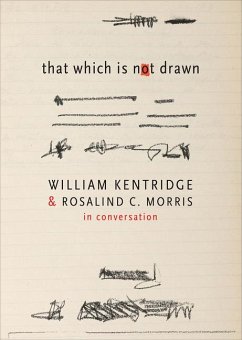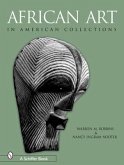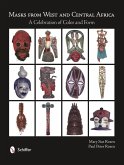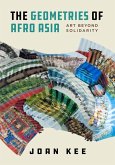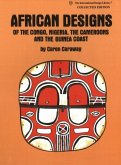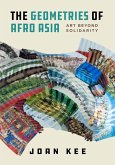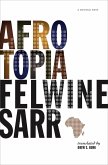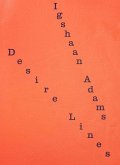For more than three decades, artist William Kentridge has explored in his work the nature of subjectivity, the possibilities of revolution, the Enlightenment's legacy in Africa, and the nature of time itself. At the same time, his creative work has stretched the boundaries of the very media he employs. Though his pieces have allowed viewers to encounter the traditions of landscape and self-portraiture, the limits of representation and the possibilities for animated drawing, and the labor of art, no guide to understanding the full scope of his art has been available until now. For five days, Kentridge sat with Rosalind C. Morris to talk about his work. The result--That Which Is Not Drawn--is a wide-ranging conversation and deep investigation into the artist's techniques and into the psychic and philosophical underpinnings of his body of work. In these pages, Kentridge explains the key concerns of his art, including the virtues of bastardy, the ethics of provisionality, the natureof translation and the activity of the viewer. And together, Kentridge and Morris trace the migration of images across his works and consider the possibilities for a revolutionary art that remains committed to its own Transformation.
Hinweis: Dieser Artikel kann nur an eine deutsche Lieferadresse ausgeliefert werden.
Hinweis: Dieser Artikel kann nur an eine deutsche Lieferadresse ausgeliefert werden.

